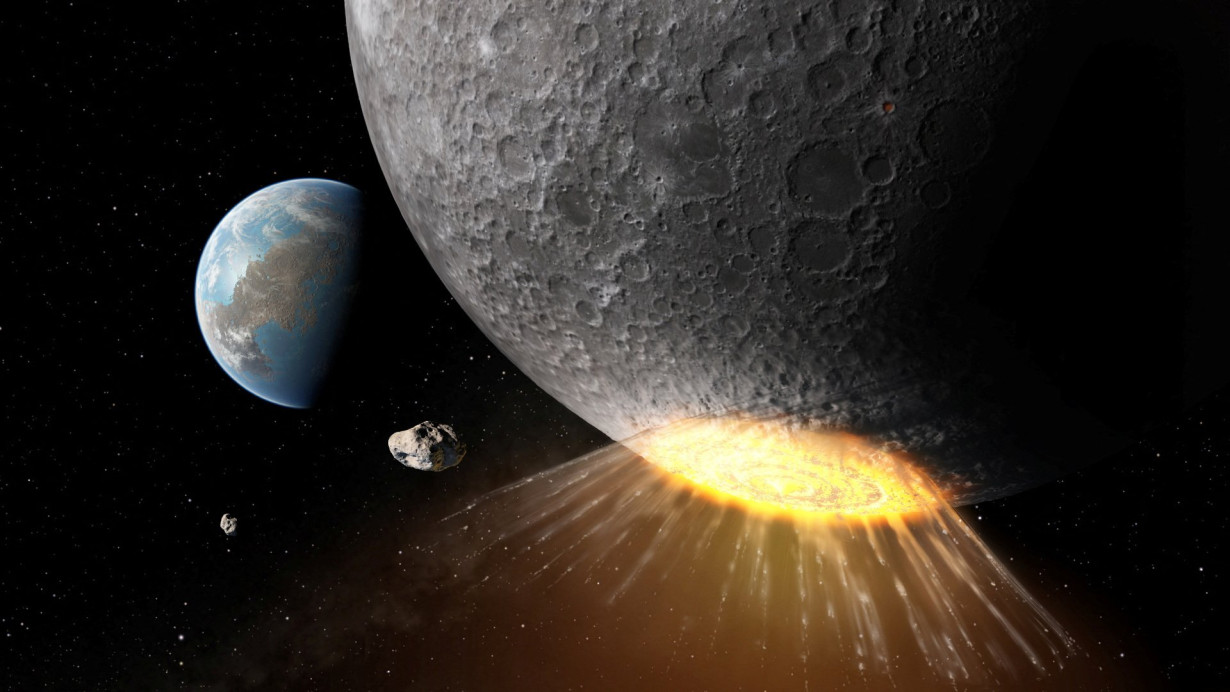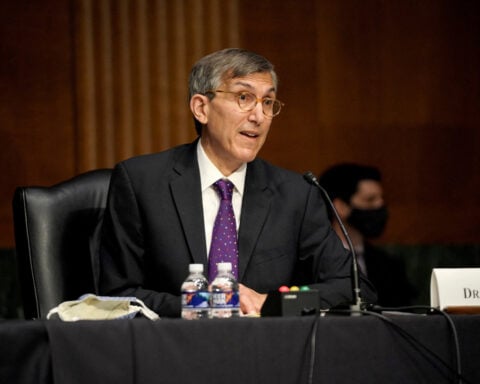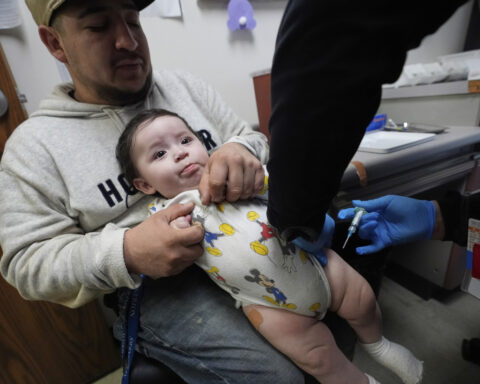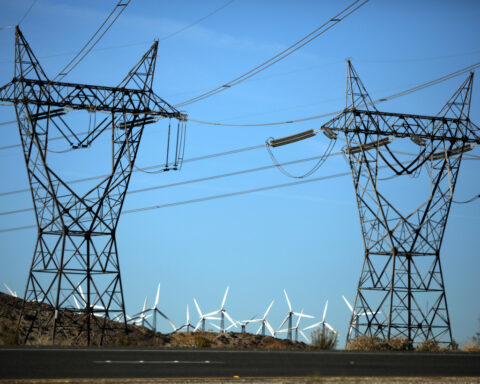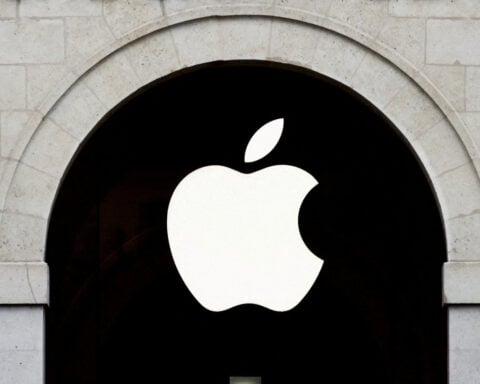By Will Dunham
WASHINGTON (Reuters) - The Grand Canyon in Arizona is one of Earth's natural wonders, carved out over millions of years by the gradual erosion power of the Colorado River. Close to the moon's south pole are two canyons each comparable in size to the Grand Canyon that were born in a much different process.
New research indicates that these canyons, in an area called the Schrödinger impact basin on the side of the moon perpetually facing away from Earth, were dug out in a matter of less than 10 minutes by rocky debris sent violently aloft when an asteroid or comet struck the lunar surface roughly 3.8 billion years ago.
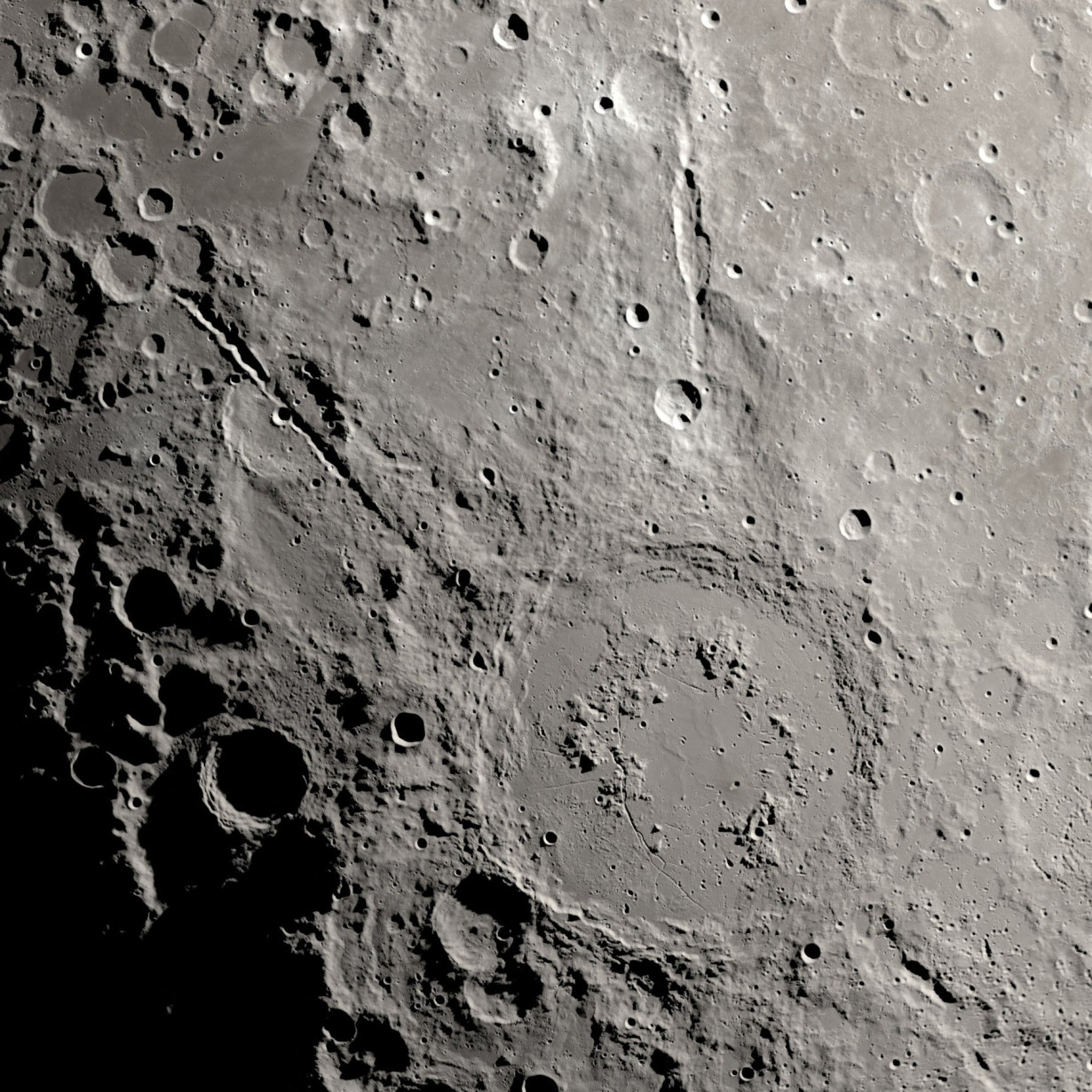
This impact unleashed about 130 times the energy of the current global inventory of nuclear weapons, according to geologist David Kring of the Lunar and Planetary Institute of the Universities Space Research Association in Houston, lead author of the study published on Tuesday in the journal Nature Communications.
The scientists mapped the canyons using data obtained by NASA's robotic Lunar Reconnaissance Orbiter spacecraft and then employed computer modeling to determine the flow directions and speed of the flying debris. The rubble would have traveled at up to about 2,200 miles (3,600 km) per hour, they found.
One of the canyons, called Vallis Planck, measures about 174 miles (280 km) long and 2.2 miles (3.5 km) deep. The other, called Vallis Schrödinger, is about 168 miles (270 km) long and 1.7 miles (2.7 km) deep.
The impact occurred during a period of heavy bombardment in the inner solar system by space rocks thought to have been dislodged following a change in the orbits of the solar system's giant planets - Jupiter, Saturn, Uranus and Neptune - that is thought to have happened at the time.
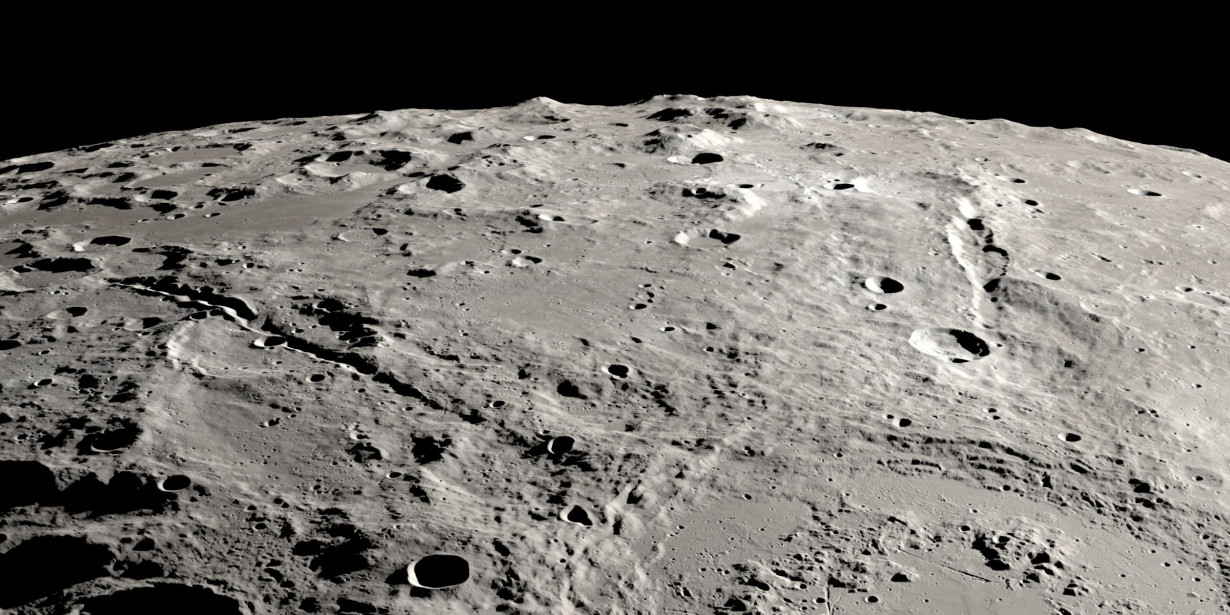
The object that struck the moon is estimated to have been about 15 miles (25 km) in diameter, larger than the asteroid that struck Earth 66 million years ago and doomed the dinosaurs.
"When the impacting asteroid or comet hit the lunar surface, it excavated a tremendous volume of rock that was launched into space above the lunar surface before it came crashing back down. Knots of rock within that curtain of debris hit the surface in a series of smaller impact events, effectively carving the canyons. Adjacent to the canyons, the debris would have covered the landscape," Kring said.
The canyons are straight-line scars on the lunar surface, extending outward from a large and round impact crater, with smaller craters from unrelated impacts also in the vicinity.
This marked one of the last of the large impacts on the surfaces of the moon and Earth during this bombardment period in the early solar system. The moon still bears these scars on its surface while Earth does not.
That is because Earth recycles its surface as part of a geological process called plate tectonics. The outer part of our planet is comprised of continent-sized plates of rock that move very slowly. At points where they meet, one plate dives beneath the other, sending rock that had been at the surface deep below. The moon, a less dynamic body, lacks plate tectonics.
The new findings have relevance for lunar exploration in the coming years. The Schrödinger impact basin is located near the exploration zone for NASA's planned Artemis mission, intended to place astronauts on the moon for the first time since the Apollo landings of the 1970s.
"Because debris from the Schrödinger impact was jettisoned away from the lunar south pole, ancient rocks in the polar region will be at or close to the surface, where Artemis astronauts will be able to collect them. Thus, it will be easier for astronauts to collect samples from the earliest epoch of lunar history," Kring said.
Those rocks would allow scientists to test the hypothesis that the moon was created when a large impactor collided with Earth and sent molten material into space, as well as the hypothesis that the lunar surface early on was an ocean of magma, Kring added.
(This story has been corrected to say 10 minutes, and not 10 seconds, in the headline)
(Reporting by Will Dunham, Editing by Rosalba O'Brien)

 Trump has begun another trade war. Here's a timeline of how we got here
Trump has begun another trade war. Here's a timeline of how we got here
 Canada's leader laments lost friendship with US in town that sheltered stranded Americans after 9/11
Canada's leader laments lost friendship with US in town that sheltered stranded Americans after 9/11
 Chinese EV giant BYD's fourth-quarter profit leaps 73%
Chinese EV giant BYD's fourth-quarter profit leaps 73%
 You're an American in another land? Prepare to talk about the why and how of Trump 2.0
You're an American in another land? Prepare to talk about the why and how of Trump 2.0
 Chalk talk: Star power, top teams and No. 5 seeds headline the women's March Madness Sweet 16
Chalk talk: Star power, top teams and No. 5 seeds headline the women's March Madness Sweet 16
 Purdue returns to Sweet 16 with 76-62 win over McNeese in March Madness
Purdue returns to Sweet 16 with 76-62 win over McNeese in March Madness
